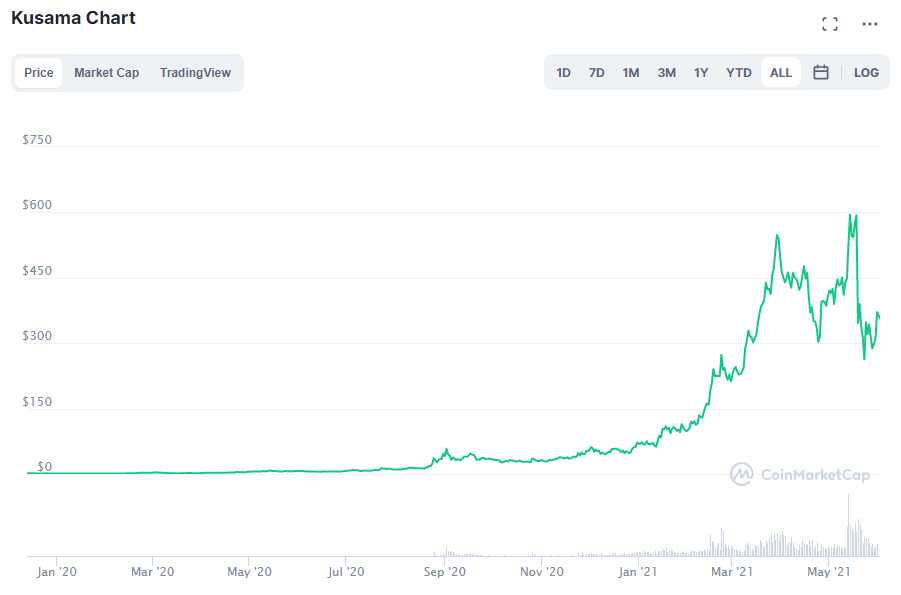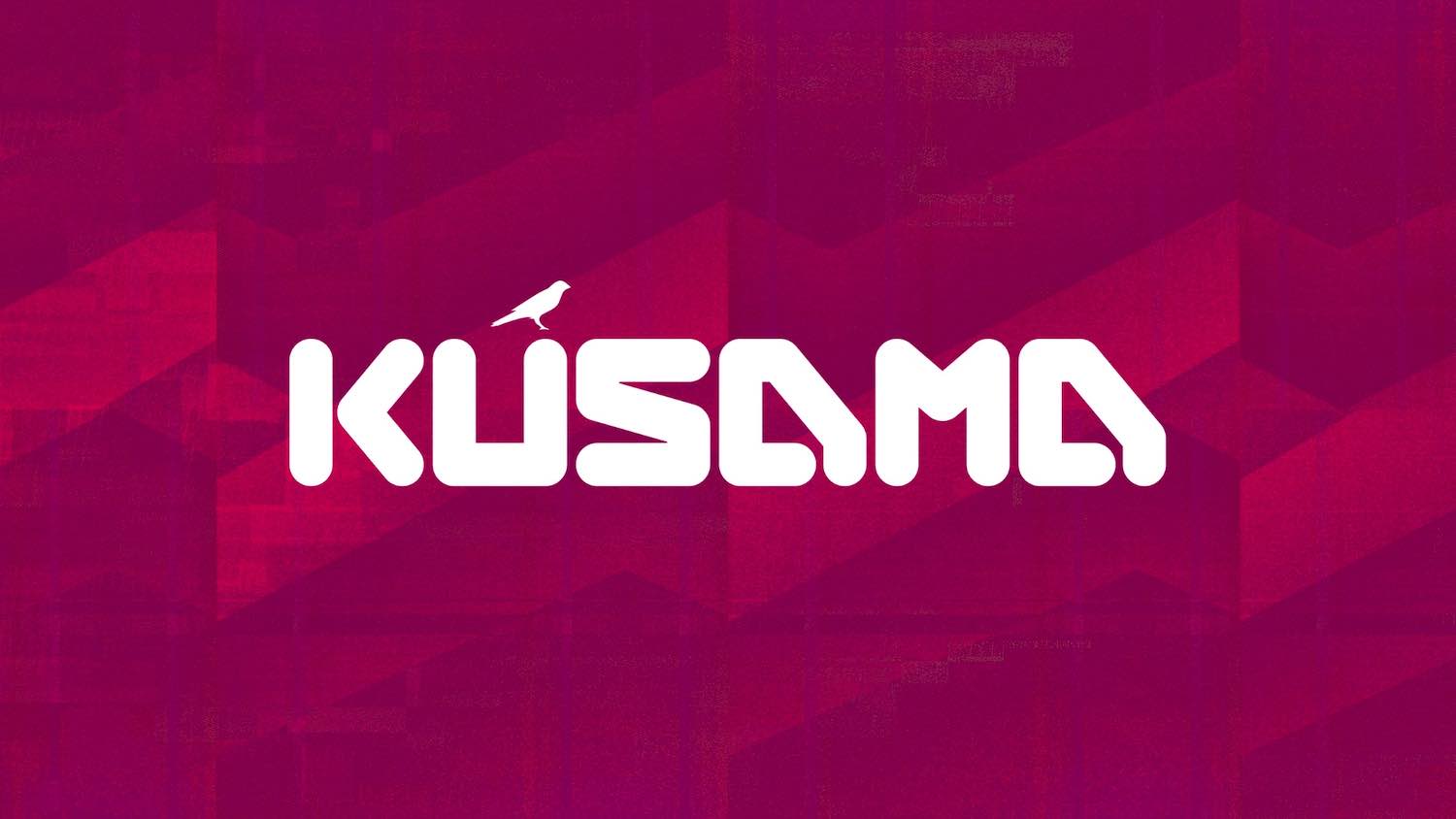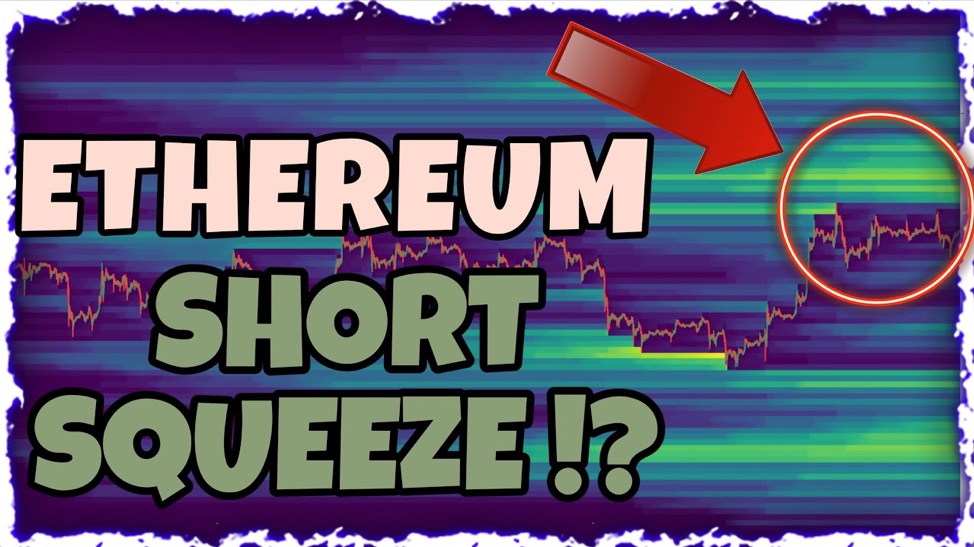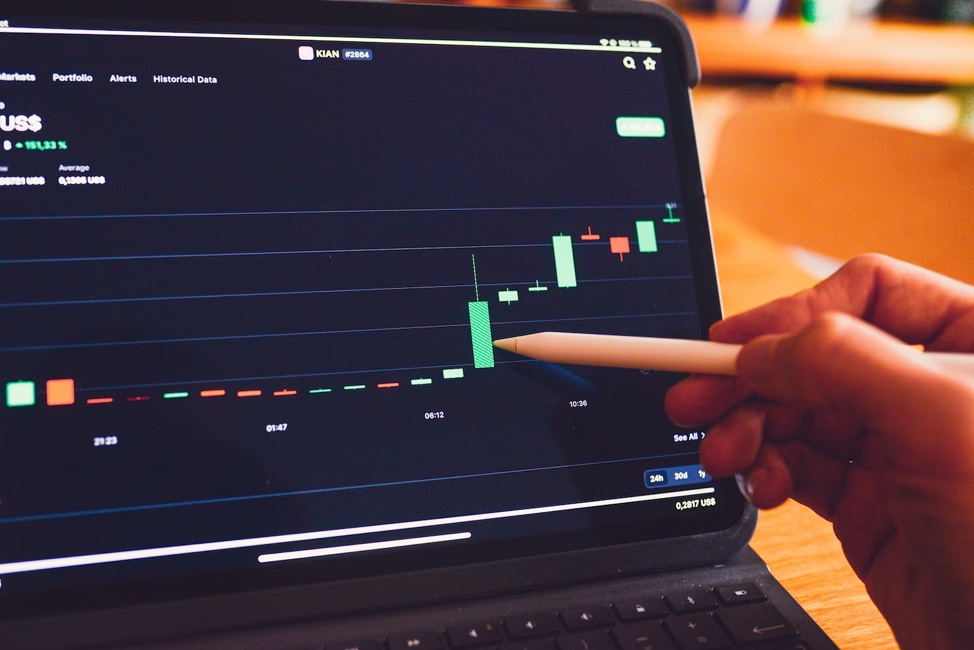Here is everything you need to know about Kusama (KSM).
What is Kusama (KSM)?

It is a network without permission that allows developers to try and test decentralized applications (DApps) and blockchains before testing and implementing them in Polkadot.
In other words, it is a sandbox version of Polkadot, where they themselves test all updates on Kusama before releasing them on the mainnet.
Kusama timeline
Kusama (KSM) was founded in 2016 by Gavin Wood, Robert Habermeier and Peter Czaban, co-founders of Polkadot (DOT).
In July 2018, 2 years after Kusama (KSM) was launched, DOT token holders claimed KSM tokens through Ethereum transactions. As soon as the transaction was completed, DOT holders managed to gain space in the Kusama genesis block.
However, KSM tokens soon changed their claim process. After a month and a half, the only validators to receive KSM tokens were those allowed by parity and the web base 3 to generate blocks. At that time, these validators had a single function: to indicate the intention to validate. The season was marked by chaos, but, fortunately, it did not last long, since Kusama moved to the POS in a few months.
In an official note published in February 2021, Polkadot said there were 700 validators on the Kasuma network. The figure represents an increase of 570 validators, when compared to December 2019. Polkadot also said that it expects that the number of validators will soon reach the 900 mark.

Kusama: The Polkadot Canary Network
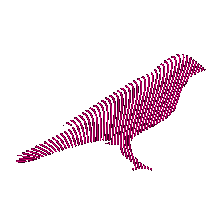
Kusama (KSM) calls itself a Canary Polkadot network. But what does it mean?
The canary is a type of bird used by coal miners to check whether it is safe to enter coal mines.
Kusama works similarly for Polkadot: The network allows blockchain developers to test their apps to see if it’s safe to launch them on Polkadot.
Kusama (KSM) X Polkadot (DOT)

Kusama and Polkadot both have similar designs. The two networks use relay chains, the main blockchain network, and parachains, user-generated networks. In relay chains, transactions are permanent. On the other hand, in parachains, the developer can customize them according to his needs. However, it is worth mentioning that parachains depend on relay currents for safety.
So, what are the advantages of the projects being launched on Kusama before the final launch on Polkadot?
Kusama is intended for experimentation purposes. Therefore, its governance rules are more relaxed. This, in turn, helps developers to design and adjust their projects before launching them on Polkadot.
When launched at Kusama, the project can gain momentum. As soon as they begin to be recognized, they will also begin to build a user base. Both factors will help them make their final Polkadot launch a success.
What can I do on the Kusama (KSM) network?
Check governance functionality
Kusama (KSM) allows you to verify that any new project works according to expectations.
Once the project is launched on the Kusama Network, community members will also be able to vote on proposals aligned with the functioning of democracy.
Test how Parachains interact with your project
As explained above, the Kusama blockchain and Polkadot have two similar components: Relay Chain and Parachains.
That way, developers who test their projects on the Kusama Network are able to test the parachains even before launching the project on Polkadot.
Kusama network parachains also include features such as parachain slot auction and matchable apps.

Configure the test validator
Kusama Network (KSM) also allows you to configure a validator to check if your project works perfectly or not. If developers feel that something needs to be optimized, changes can be made.
Also, the barriers to betting on Kusama are lower than those on Polkadot. As a consequence, KSM is well suited to testing implementation mechanisms before the project is released full-scale on Polkadot.

Another benefit of testing the validator setup on Kusama Network is Thousand Validators Programme. The program allows community validators to move up the network hierarchy.
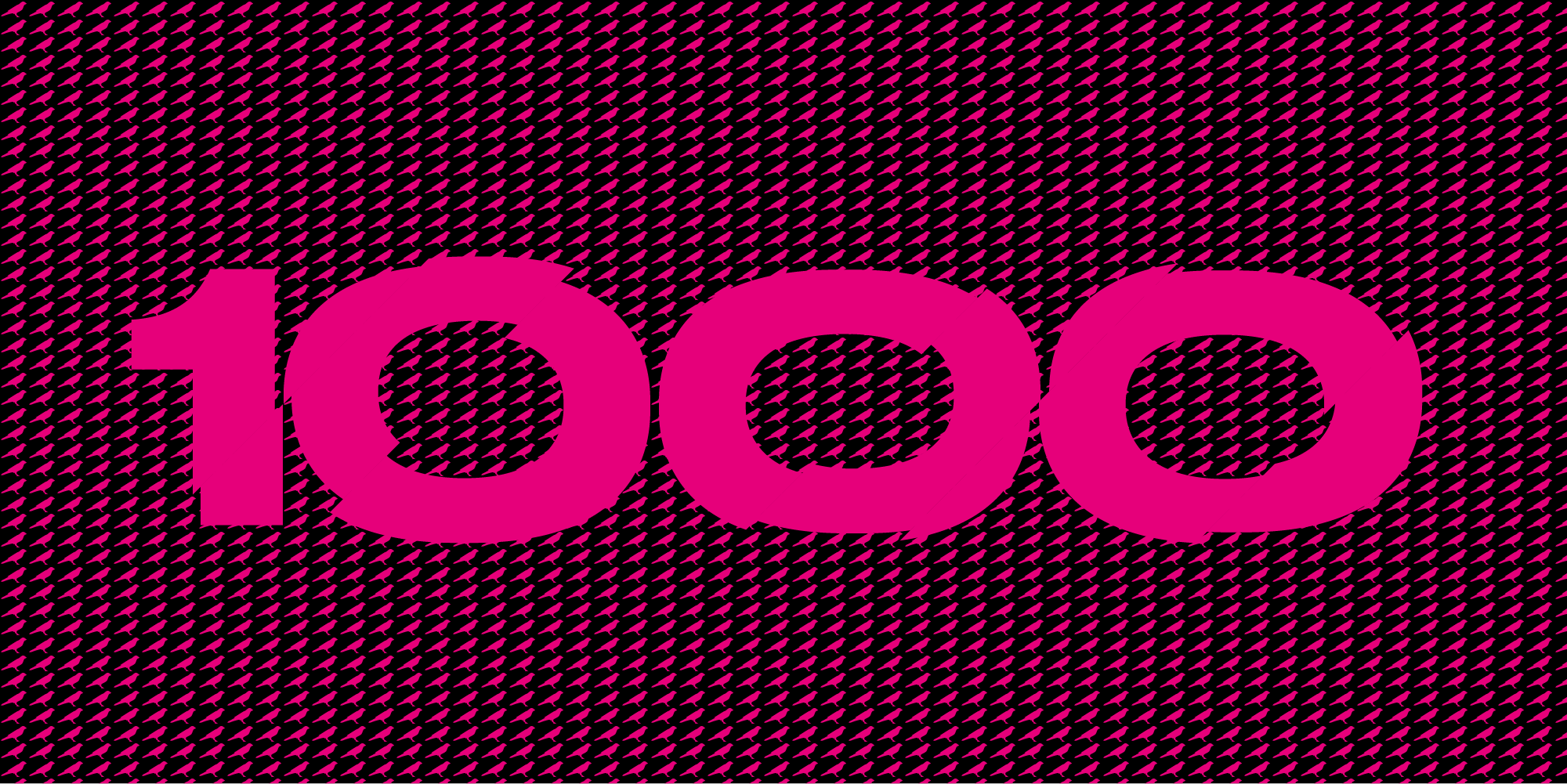
Being part of a fast-moving ecosystem
As a platform that offers developers to test projects and make improvements on the go, Kusama Network is attracting many developers to its ecosystem.
With more and more developers testing their projects on Kusama, the platform is improving day by day. So, if you are testing your project on the Kusama Network, you are also becoming part of something revolutionary.
Become a member of Kappa Sigma Mu
If you choose to test your project on the Kusama Network, you will automatically have the chance to become part of the Kusama Brotherhood, known as Kappa Sigma Mu.

Functions in the Kusama (KSM) Network
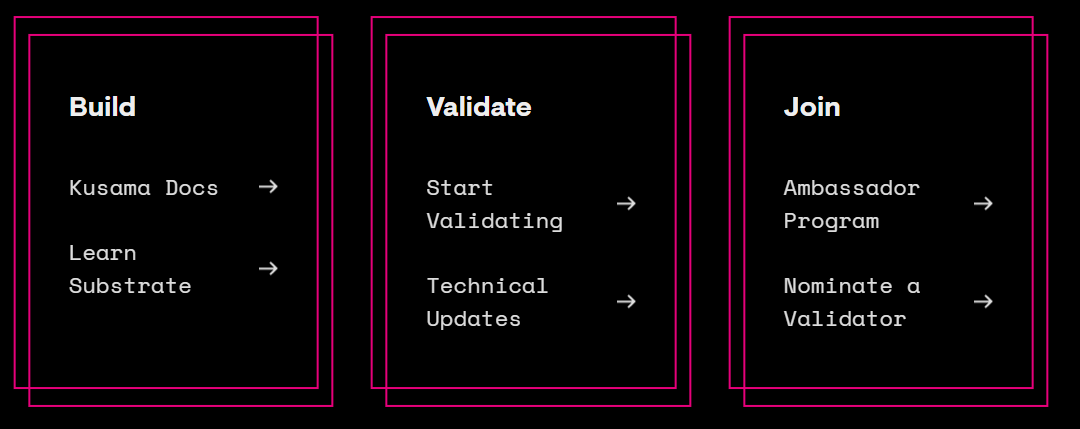
Builder
Within the Kusama Network, the builder refers to the developer and his team. After all, they are the ones who create DApss on the network.
In Kusama (KSM) developers and their teams build bridges with other networks, parachains, block explorers or parathreads.
These “builders” have experiences similar to what they would have when creating applications on the Polkadot Network. However, it is worth mentioning that the implementation of parachains in Kusama is cheaper than in Polkadot. Thus, many projects with early stage parachains that have not yet been launched on a large scale are financially attracted to building and testing their applications first at Kusama.
Network maintainers
Network maintainers are the ones who play a crucial role in keeping Kusama (KSM) up and running. Included in the category are: nominators, classifiers, validators and governance actors.
Nominators: Those who select the validators and bet their KSM tokens.
Classifiers: Responsible for collecting all proof of parachain transactions from users of the Kusama Network. From this collection, classifiers can use them to create new state transition proofs and present them to validators.
Validators: Responsible for adding new transaction blocks and for consensus with peer validators. KSM validators are rewarded on the network for their functions. But at the same time, there is a risk that your wagered tokens will be cut.
Governance actors
Governance actors play a very important role within the Kusama Network (KSM). They decide how and where Kasuma is heading.
Anyone wishing to propose a change to the network must submit KSM tokens and, if the majority of KSM holders vote in favor, the changes will be implemented in the Kusama code base.
Governance actors are divided into three subcategories. They are: Referendum Chamber, Council and Technical Committee.
Referendum Chamber: They are KSM token holders who propose changes, vote on proposals, apply to become a member of the Council and vote for or against the Council’s nominations.
Concil: Responsible for electing the members of the Technical Committee. In addition, board members can veto any referendum on the Kusama Network. Whenever something urgent arises, the members of the Council have the power to expedite the holding of a referendum together with the technical committee. It also has the power to propose changes every 1 of 2 launch periods. The Council is made up of 13 members selected by voting.
Technical Committee: The Technical Committee is formed by development teams. These teams are responsible for deciding how urgent a referendum is. If this is urgent, the Committee can accelerate it together with the Council.
KUSAMA (KSM) Tokenomics
In the early days of Kusama’s launch, DOT holders received 1: 1 KSM tokens in an air launch. Users who did not have DOT were able to obtain them through friction taps.
The first thing that strikes you about Kusuma tokens (KSM) is that their supply is unlimited. This is an inflationary token whose amount will increase by 10% per year.
Kusama Network has implemented a unique way to decide the proportion of newly created KSM tokens that will go to validators. If the percentage of KSM tokens wagered is greater than 50% of their circulating stock, validators will receive all newly minted KSM tokens. But if the percentage of staked KSM tokens is less than 50% of the KSM token’s current stock, some portion of the newly minted tokens will go to the Kasuma treasure.
Currently, there are approximately 8,470,098 KSM tokens in circulation.
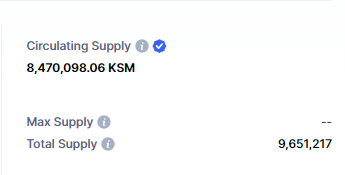
How to buy Kusama (KSM)?
Binance is the best option for residents of Australia, Canada, Singapore, UK and most of the world to purchase KSM tokens. However, it should be noted that the digital broker prohibits United States residents from buying KSMs.
United States residents can buy KSM trought Kraken.
Kusama (KSM) price
Currently, Kusama (KSM) is worth $ 357.81 per token. The asset dominates 0.19% of the market and its capitalization is $ 3,036,630,880.
